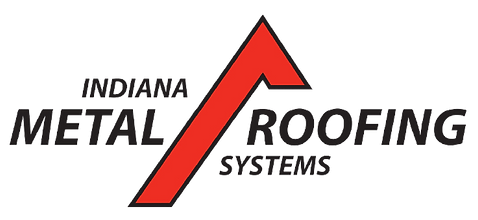Step-by-Step Instructions for Installing a Metal Roof
- Joseph Justice
- Jun 9
- 3 min read
Installing a metal roof is a strategic decision that provides long-term durability, energy savings, and modern curb appeal. However, the installation process must be executed with precision to maximize the benefits of this roofing system. This guide outlines the key steps involved in installing a metal roof and highlights why professional installation is vital for lasting results.

Pre-Installation Planning
Before any panels are installed, a thorough inspection of the existing roof structure is essential. Any damaged sheathing or compromised framing must be repaired to ensure a stable foundation. Next, accurate measurements of the roof’s dimensions are taken to determine the quantity of materials needed, reducing waste and avoiding costly errors.
This planning phase also involves selecting the appropriate type of metal roofing. Standing seam panels, corrugated sheets, and metal shingles all require slightly different tools and methods, so it's critical to know the specifications of the system being installed. In a place like Fort Wayne, IN, weather considerations such as snow load and wind resistance should also influence material and fastener choices.
Removing the Old Roof (if necessary)
Depending on local building codes and the condition of the existing roof, the old roofing materials may need to be removed. Stripping off old shingles exposes the deck, allowing the installer to inspect for moisture damage or rot. In some cases, metal roofing can be installed over one layer of shingles, but this must be done carefully to avoid problems with alignment and fastener penetration.
Installing the Underlayment
A high-quality underlayment is crucial for waterproofing and thermal protection. Synthetic underlayments are commonly used under metal roofing systems due to their superior resistance to moisture, heat, and wrinkling. In colder climates, an ice and water shield is recommended around the roof's edges, valleys, and penetrations to prevent ice damming.
This layer acts as a secondary barrier against leaks and adds insulation to improve the roof's energy efficiency.
Laying Down Metal Panels
With the underlayment secured, metal panels are carefully placed starting from the roof's lowest point, usually at a corner. Each panel must be precisely aligned to maintain clean visual lines and proper overlap. Fasteners are then driven through the panel or hidden beneath seams, depending on the roofing profile used.
Panel installation continues upward and across the roof, overlapping according to the manufacturer’s guidelines. For standing seam roofs, clips are used to attach the panels without puncturing the surface, preserving waterproofing integrity.
Flashing and Trim Installation
Flashing is installed at all roof intersections, penetrations, and edges to direct water away from vulnerable areas. This includes valleys, chimneys, vents, and skylights. Trim pieces are also added to finish the edges and create a polished appearance.
Incorrect flashing installation is a common cause of roof leaks, so this step requires careful attention to detail. Properly sealed flashing ensures that the roof system remains watertight even in heavy rain or snow.
Final Inspection and Cleanup
Once all panels and accessories are installed, a final inspection is performed to check for loose fasteners, misaligned panels, and improperly sealed joints. Any issues are addressed immediately to prevent future complications.
The job site is then cleaned of metal shavings, fasteners, and debris to ensure safety and leave the property in pristine condition. A professional roofer will also review the work with the homeowner and provide maintenance tips to extend the roof's service life.
Why Professional Installation Matters
Installing a metal roof is a labor-intensive and highly technical job. Even small mistakes in fastener placement or panel alignment can compromise the roof's longevity and waterproofing ability. That’s why it’s important to trust experts like Indiana Metal Roofing Systems, who have extensive experience in metal roofing installation and consistently deliver exceptional craftsmanship.
Indiana Metal Roofing Systems is a top-rated contractor in Fort Wayne, IN, known for using premium materials and achieving outstanding results. Their reputation for excellence is backed by an A+ BBB rating and 5-star Google reviews.
Invest in a Roof That Lasts
A properly installed metal roof can last 40 to 70 years with minimal maintenance. When done right, it offers superior protection against the elements, reduces energy bills, and enhances your home’s value. Whether you're replacing an aging roof or upgrading for better performance, choosing expert installation is the key to long-term satisfaction.
Read also our blog: A Guide to Various Types of Metal Roofing


Comments